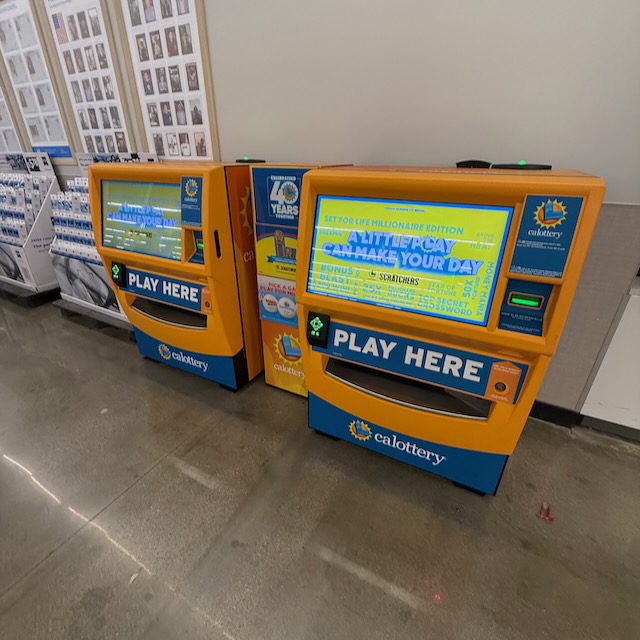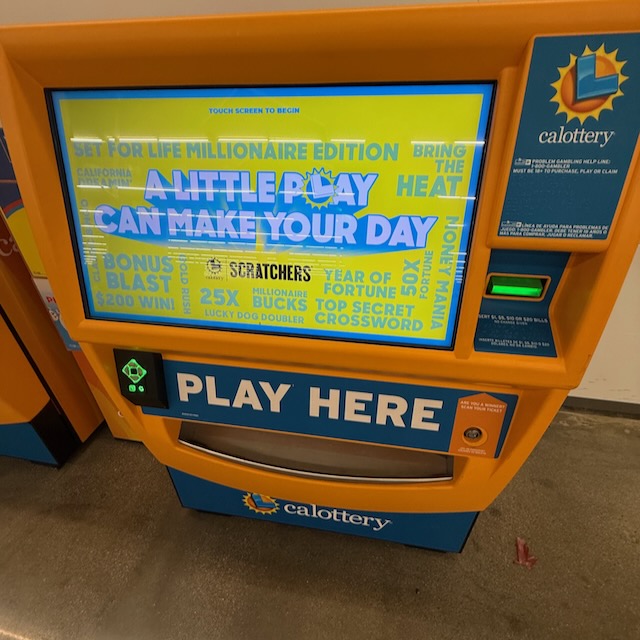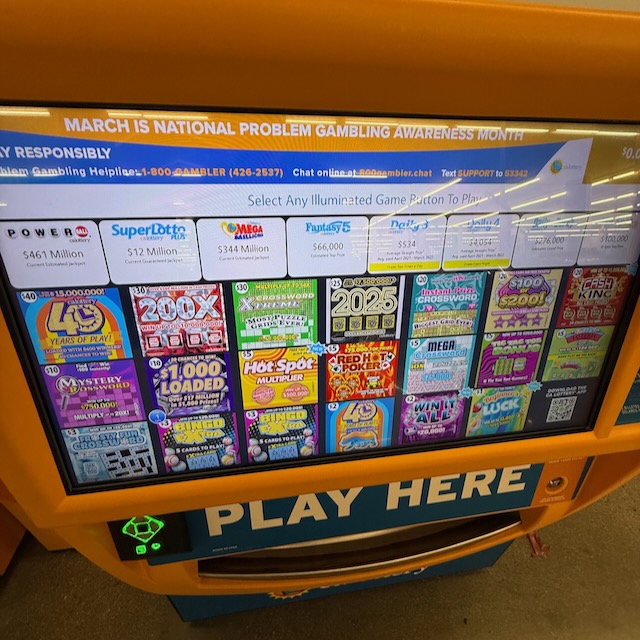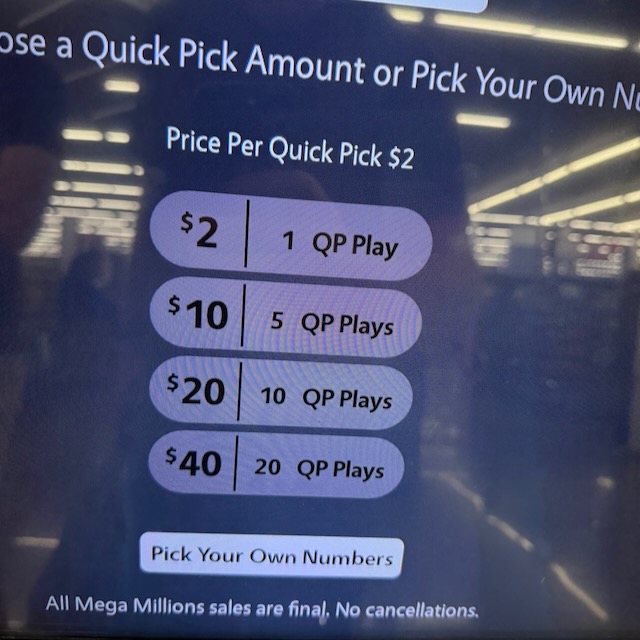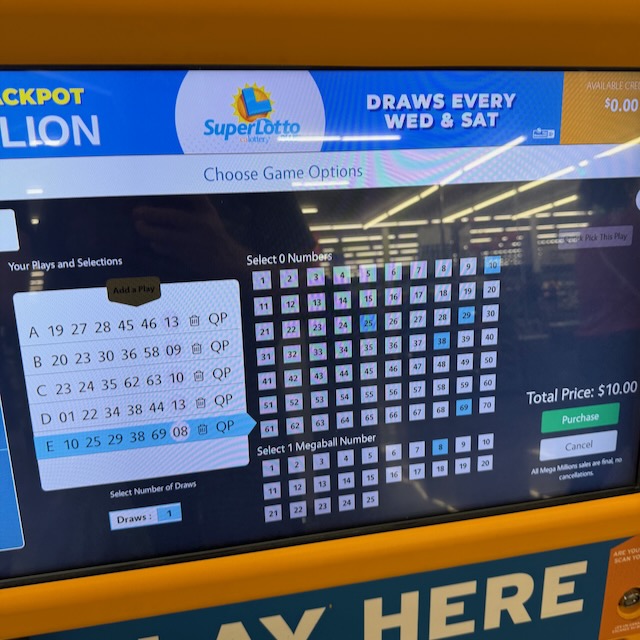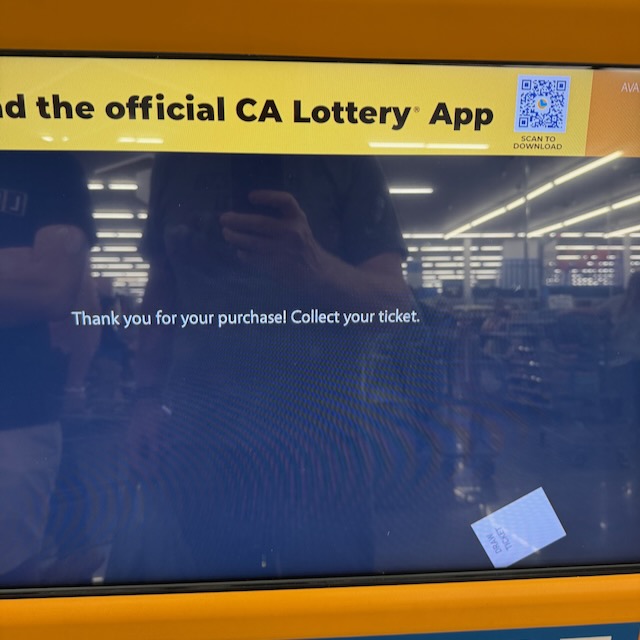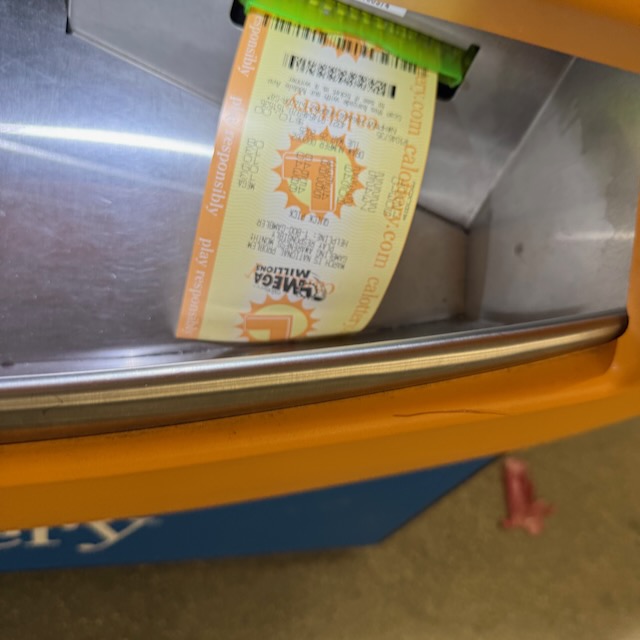Sometimes, the path ahead in your business can seem overwhelmingly obstructed, the air thick with uncertainty, making it difficult to see a clear way forward.
I have seen it myself in business, in my own business.
The situation can seem helpless. You can feel exhausted. You can want it over.
If this is you, there are plenty in the newsagency channel and nearby who can help. Call someone. Tell them about your situation. You’re welcome to call me – 0418 321 338. Talking to someone can help provide clarity and ease the burden, even if all they do is listen to you.
My advice is to not walk through this alone.
Before I get into this I have a note to share about why I am posting this today, on Good Friday. In my experience, breaks like Easter and Christmas are when some reflect on their businesses and fall into worry about the state of the business and, sometimes, personal circumstances.
…
If you are at a point where closing your newsagency feels like the only viable option, please take a moment to read this. It’s an updated message I’ve shared before, and I’m sharing it again today because of a situation recently where someone had made the decision to quit.
If you genuinely believe that closing your doors is your only recourse, I urge you to seek a second opinion. Myself, and many others within our newsagency community, are willing to offer this perspective, based on your business data: your sales figures, Profit & Loss statements, and other relevant information.
Often, the evidence within your data holds hidden opportunities. The challenge is that these opportunities can become obscured by the overwhelming “noise” of perceived obstacles and the fog of uncertainty.
My sincere hope is that within your business’s data, there lies sufficient opportunity to identify a path forward, both for the business itself and for you personally.
Turning a situation away from “closing is my only option” can only be achieved through one or a combination of the following strategies:
- Attracting new shoppers.
- Encouraging existing shoppers to purchase more.
- Increasing profitability on some of your current sales.
- Reducing your operating costs.
When you see it written down, it seems quite straightforward. The real difficulty lies in the execution – that’s where many retailers can feel stuck. Attracting new customers, in particular, can be challenging for small businesses with limited resources.
The most effective way to bring in new shoppers is often by introducing new product categories and actively promoting these outside of your physical shop.
I understand that finding the energy and the funds to invest in new products when you’re struggling can feel like a huge hurdle. However, if the survival of your business is paramount, you will find a way.
The most successful approach to getting your existing customers to spend more is by implementing a well-designed loyalty program and cultivating a shop environment that people genuinely enjoy being in.
To increase the profitability of your sales, you’ll need to either charge more for your products or secure better purchasing terms, or ideally, a combination of both. Don’t aim for drastic price hikes; even a modest increase in your gross profit percentage can make a significant difference.
While pursuing these revenue-generating strategies, you also need to actively work on reducing your costs. This is a common tactic when trying to save a business. While cost-cutting can certainly help, in my experience, it’s rarely enough on its own to turn things around. It can be a valuable part of the overall strategy, but it’s seldom the sole solution.
A crucial element for any successful turnaround is to start addressing the issues early, before the fog of problems and the debris of challenges completely block your path. It’s vital for all of us who own businesses to be looking ahead, over the horizon, and cultivating assets that we can deploy when we anticipate the need for change.
If you genuinely believe that closing your newsagency is your only remaining option, please reach out. There are many of us within the newsagency channel who are willing to listen and offer advice if you’d like it.
Remember, you are not alone in this.
Mark Fletcher mark@towersystems.com.au mark@newsxpress.com.au https://www.linkedin.com/in/mark-fletcher-tower/


